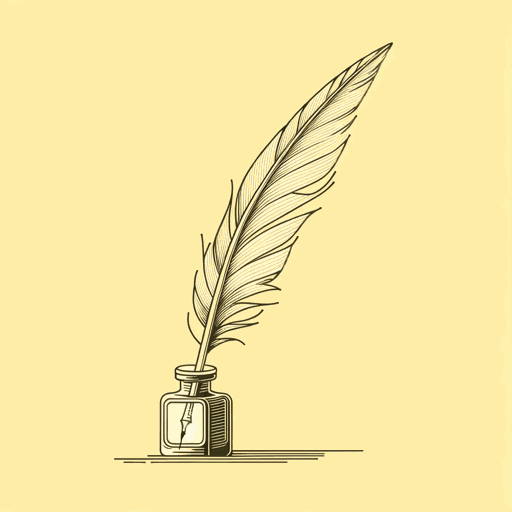41 pages • 1 hour read
Edmund BurkeA Philosophical Enquiry Into the Origin of Our Ideas of the Sublime and Beautiful
Nonfiction | Book | Adult | Published in 1756A modern alternative to SparkNotes and CliffsNotes, SuperSummary offers high-quality Study Guides with detailed chapter summaries and analysis of major themes, characters, and more.
Themes
The Role of Pleasure and Pain the Arts
Early in his work, Edmund Burke severs the relationship between virtue and beauty. Classical beliefs about beauty always attached the two concepts, but Burke suggests that beauty has its own inherent markers that can be quantified and evaluated. Rather than goodness, pleasure and pain derived from sensory impressions give the individual information about beauty and the sublime. The more they engage with sensory experience, the more their understanding of beauty and the sublime develops. Furthermore, while other thinkers defined pleasure as the absence of pain and pain as the absence of pleasure, Burke rejects this neat dichotomy, writing, “there are positive pains and pleasures, which do not at all depend upon each other” (29).
Burke asserts that taste, for every human, is derived from an object’s association with pleasure or pain. Whether a person likes a work of art is directly associated with whether the art brings them pleasure. The pleasure one derives from a work of art does not only come from the beauty of art. Burke suggests that there are many ways that art can activate pleasure, as a human may find a work of art pleasing because it excites a part of the imagination or relates to something the person has previously imagined.


